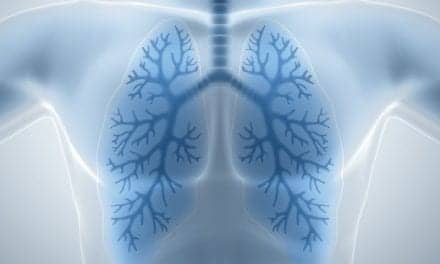Patients with chronic obstructive pulmonary disease (COPD) and acute respiratory failure have an imbalance between the decreased capacity of the respiratory muscles to generate pressure and the increased respiratory load during the early phases of an acute exacerbation, according to recent research out of Italy. According to researchers, this load/capacity imbalance is associated with shallow breathing, similar to chronic ventilator-dependent patients.
Twenty-four COPD patients were included in the study; nine required ventilatory support because of acute respiratory acidosis, seven were managed with medical therapy, and eight were clinically stable patients receiving long-term mechanical ventilation. Respiratory mechanics were measured for all patients during a period of unsupported breathing.
Both groups of mechanically ventilated patients exhibited a rapid, shallow breathing pattern during hospitalization. Respiratory muscle function was impaired in ventilated patients, with reduced maximal transdiaphragmatic pressures, and an increase in diaphragmatic and accessory muscle effort compared with patients managed by medical therapy.
"Both groups of acute and chronic mechanically ventilated patients showed a similar load/capacity imbalance, and a similar partitioning of the inspiratory effort between the inspiratory muscles," write the researchers.
Findings are published in the journal Intensive Care Medicine.









